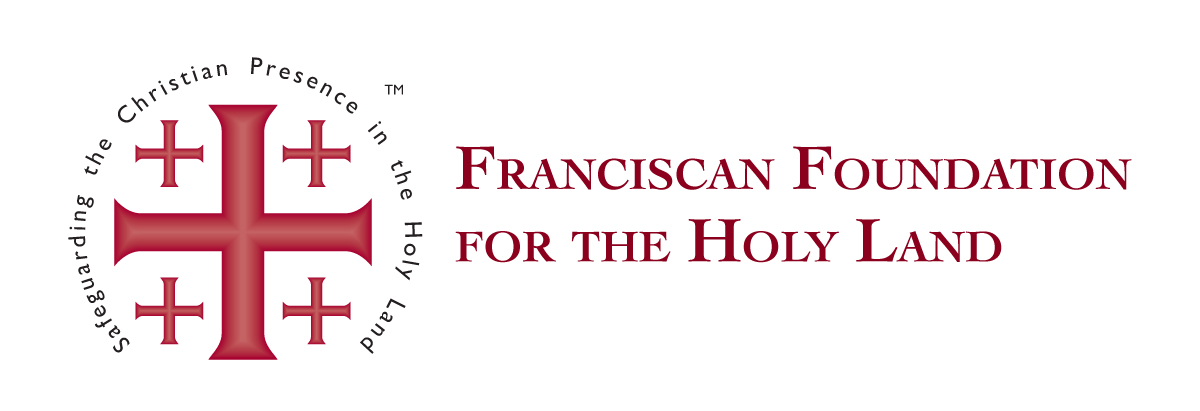The Holy Land is a land of contrasts. In this country that is approximately 50 miles wide and 150 miles long, one encounters snow-capped mountains (Mount Hermon), barren deserts (Judean Desert), a large freshwater lake (Sea of Galilee) and a salt sea (Dead Sea).
It has an ocean coast (Mediterranean Sea), a small river (Jordan River), rich agricultural land (coastal plain and the Jezreel Valley in Galilee) and semiarid expanses (southern regions around Beersheba known as the Negev).
The beauty of this landscape is celebrated in the psalms as testimony to the splendor of the creator.
The pilgrim to the Holy Land gathers a rich storehouse of images that will come to mind as he or she prays the psalms and reads other sections of Scripture. Even a brief visit to this land will stock the mind of the believer with pictures and information that will shape and nourish the way he or she reads the Bible thereafter.
The rainy season in Israel extends from November through March. With the onset of the dry season in April, the amount of green vegetation in the regions south and east of Jerusalem begins to diminish so that by August, Jerusalem belongs more to the desert region than to the sown land.
The herders of sheep and goats, like Abraham and Sarah, move their flocks out into the wilderness in November, and gradually move them back toward the sown land in may and the following months as the pasturage dictates.
Contemporary visitors frequently see herders tending their flocks of sheep and goats not only in the Negev, but also within the city limits of Jerusalem. Jerusalem is situated on mountain spur in the southern hill country about 40 miles east of the Mediterranean Sea. Two valleys make the south, east and west sides of this location difficult to access; therefore, it was ideal as a location for a defensible city.
David and his men conquered the city by ascending the water shaft above the Gihon spring, taking the Jebusite inhabitants by surprise (2 Sam 5:6-10). Prior to gaining control over Israel and Judah, David and his men moved among the ravines and caves of the Judean Desert south and east of Jerusalem. This region receives only a few inches of rain annually compared to the 25 inches that Jerusalem receives each year. The population was small and transient in biblical times; it was a place of refuge for those at odds with the authorities in Jerusalem.
The road leading into the Judean Desert ran by the Garden of Gethsemane and offered a ready-made escape route in the tense moments leading up to Jesus’ arrest (Mk 14:32-36; Lk 22:39-46). It was a route that, in following after his father’s will, he chose not to take.
Jericho lies about 10 miles east of Jerusalem, but it is about half a mile lower in elevation. It will snow in Jerusalem and in Bethlehem (which lies four miles south of Jerusalem), but in Jericho the temperature rarely dips below 50 degrees.
This route through Jericho and then north along the Jordan River was the usual route for Jesus and his disciples to take on their return to Galilee. The other route along the mountain ridges of the hill country would have taken them through the land of the Samaritans, a region which observant Galilean Jews typically avoided. (Jn 4:4-9).
Galilee, the region to the west and north of the Sea of Galilee, is a fertile region of valleys and gently rising hills that was important for both agriculture and as a part of the primary overland trade route linking Mesopotamia with Egypt.
The town of Megiddo at the western edge of the large Jezreel Valley was an important military outpost and location for collecting tolls from caravans. It is in this broad valley through which many nations passed where the battle at the end of the world is envisioned to occur in the Book of Revelation (RV 16:16). Armageddon is derived form “har megiddon,” “the mountain range of Megiddo.” The numerous villages around the 64-square-mile Sea of Galilee would have been supported both by the local agricultural economy and by fish. Southwest of the Sea of Galilee rises a very high hill known as Mount Tabor, which is the traditional location of Jesus’ transfiguration. From the Sea of Galilee, Mount Hermon on the Lebanon border is visible on a clear day.
The areas of Galilee and the Mediterranean coast were occupied by the Canaanites and the Philistines when Israel’s ancestors came into the land from Mesopotamia at the time of Abraham (circa 1800 B.C.) and from Egypt at the time of Moses (circa 1250 B.C.) Therefore, the Israelites settled in the central hill country to the north and south of Jerusalem.
The cities of Shechem, Samaria, Bethel and Hebron were located in this mountainours region that was conducive to terrace farming, vine growing and herding. East of these cities had an important sanctuary at which various Israelite tribes gathered on a regular basis. With the construction of the temple in Jerusalem at the time of Solomon (960-922 B.C.), Jerusalem gained importance as the most important religious center in the land.
